Cows have economic and cultural significance all around the world. They are being raised as draft animals, dairy animals, and both. They also provide mowing, leather and pelts, and other by-products such as dung for fuel and manure.
Farmers put nose rings on cows because it makes them easier to handle. Cows are large animals and can be quite difficult to manage. The nose rings help to keep the cow from escaping, making it easier for the farmers to catch and give commands.
Do Cows Like Nose Rings?
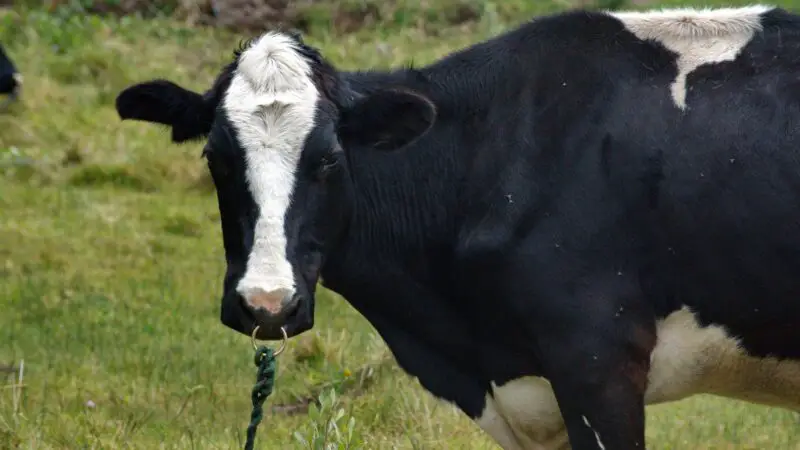
Cows are very sensitive animals so they don’t like nose rings. If a cow is wearing a ring, it has been put through pain to secure that ring. Cows prefer being handled and treated with care, so rings are very upsetting for them.
What Are Cow Rings Made Of?
Cow nose rings are made of a variety of materials, including:
- Surgical Stainless Steel (SSS). Cow nose rings are most often made from surgical stainless steel. This metal is both durable and affordable.
- Plastic. Cow nose rings can be made from plastic. Plastic is durable and lightweight.
Does A Cow Wear It Forever?
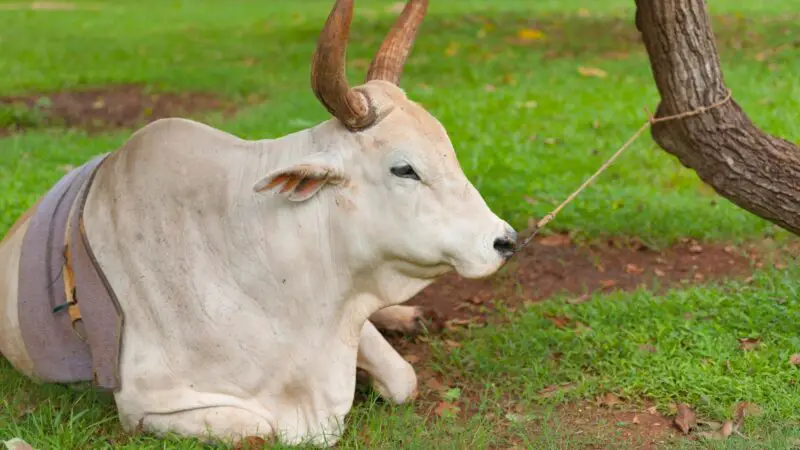
If a farm produces commercial meat products, cows have nose rings throughout their lifetime. Because, in their day-to-day routine, cows move from one place to another to eat grass so it makes easier for handlers to use nose rings to easily move them around.
Are Bull Nose Rings Cruel?
Bulls’ nose rings are cruel because they cause pain. The bulls’ nose ring can cause cuts and bruises which then can be infected. This can lead to serious complications such as sepsis and even death.
Are Bulls and Domestic Cattle More Likely to Have Nose Rings?
Bulls and domestic cattle are more likely to have nose rings than other types of livestock. Nose rings are common practice among ranchers and farmers in the United States.
Size of Cow’s Ring
The size of the cow’s nose ring varies depending on the animal’s breed and size. The smaller the diameter, the more sensitive it will be to temperature changes. It means that while they may not always be comfortable, they are also more resistant to changes in temperature and humidity. The average cow nose ring is about 8 to 13 centimeters (3 to 5 inches in diameter).
Temporary vs. Permanent Cow Nose Ring
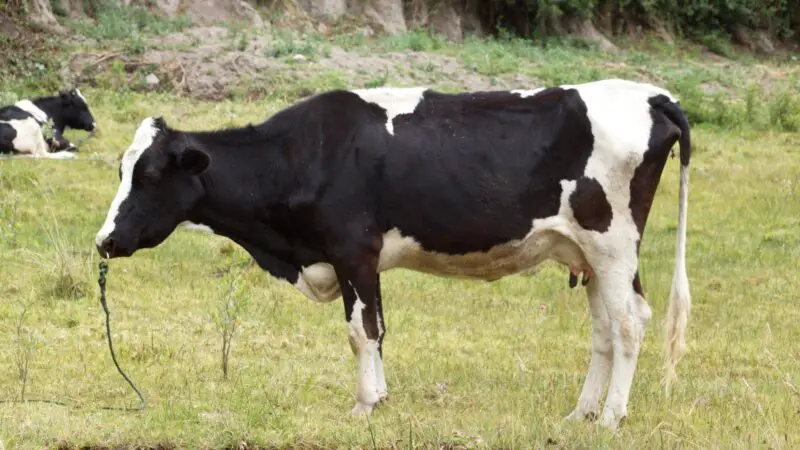
There are two types of cow nose rings:
- Temporary cow nose ring – Temporary cow nose rings are made of metal and are designed to be worn on a specific occasion.
- Permanent cow nose ring – Piercing made from a hardened material.
Is Nose Ring Cruel in Calves’ Case?
Nose rings can cause inflammation, infection, abscesses, and lesions. Calves are unable to breathe properly with the nose ring in their mouth.
Nose rings can also cause pain as it rubs against the hard palate and tongue, which causes severe irritation that can lead to swelling in the mouth or larynx.
Why Does Cow Nose Get Pierced When They Have Ears?
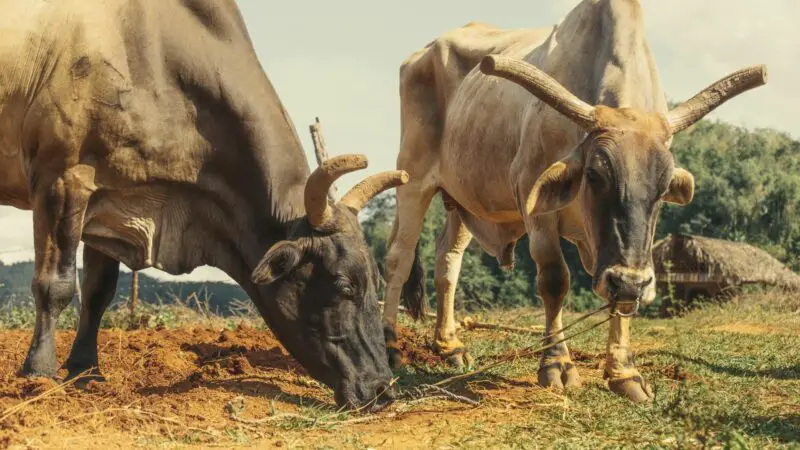
The cows’ nostril is one of the most sensitive parts of their body. It is more sensitive than their ears. Farmers/handles put rings on cows’ noses so they can have better control of them. In addition to that, piercing cows’ ears can be dangerous for them. Cows are susceptible to ear infections because they are unable to move their ears.
Who Inserts the Nose Ring? Or Who Pierce Their Septum?
Inserting the nose ring into the cow is usually done by a veterinarian. To perform the surgery, a deep pierced wound must be made in the septum’s tissues. This is frightening and painful for the animal. The veterinarian will administer an anesthetic to the septum to relieve discomfort.
At What Age Are the Bull Nose Ring Fitted?
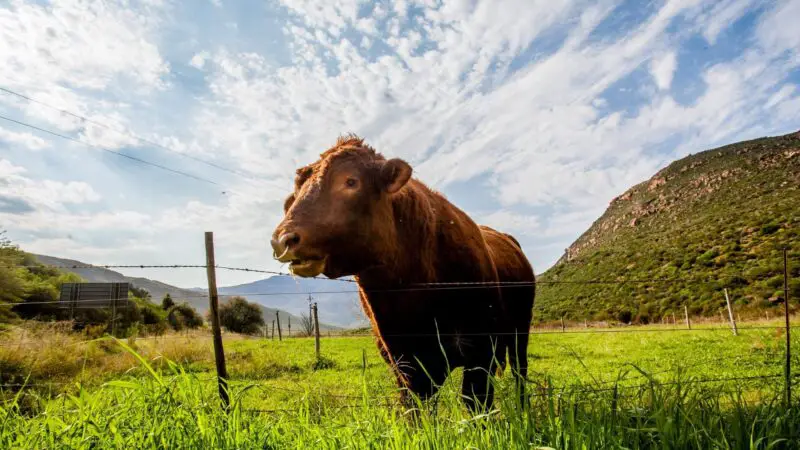
The bulls’ nose ring is fitted at around the age of 9 months.
Summary
Cows are difficult to handle when they are being milked. Farmers pierce their noses so that they can control them better.
